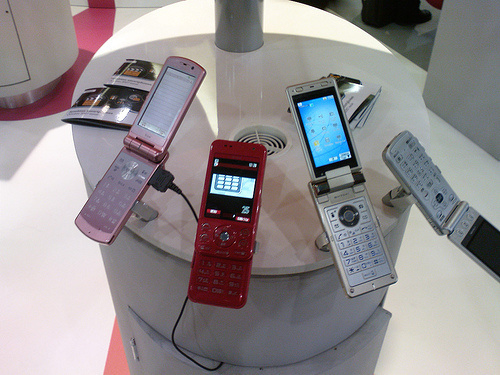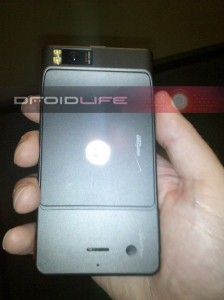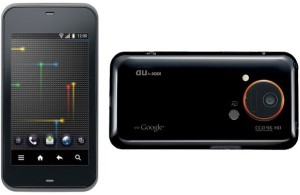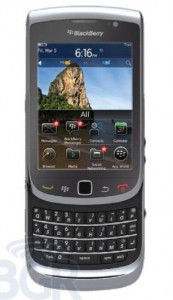
The teledensity is rising day by day. And that is why, most of the companies are trying to catch this market – like Apple, Google, Microsoft. Almost every month they bring a new product [software or hardware] for the users. International Telecommunication Union (ITU) recently reported that the mobile subscriptions will hit 5 billion worldwide, whereas, the approximate population of this planet, earth, is near about 6.8 billion.
In 2009, the cell phone subscriptions have reached 4.6 billion worldwide, according to ITU. The main point is that the number of subscriptions is rising not only in the developed countries but also in the developing counties also. It’s a good sign.
ITU Secretary-General Dr. Hamadoun Toure at the Mobile World Congress in Barcelona this week said, “Even during an economic crisis, we have seen no drop in the demand for communications services and I am confident that we will continue to see a rapid uptake in mobile cellular services in particular in 2010, with many more people using their phones to access the Internet.”
Other than mobile subscriptions, the number of internet subscriptions through mobile has been increased. International Telecommunication Union expecting that the number of mobile broadband subscriptions to surpass 1 billion around the world this year, a leap from 600 million at the end of 2009. ITU also hopeful that within the next five years, more people will hop onto the Web from laptops and mobile gadgets than from desktop computers.

People in developing countries are increasingly using their cell phones for mobile banking, even those who have no bank accounts. But it’s in the area of health care that cell phones have made a difference in developing regions, believes the ITU.
Toure also said, “Even the simplest, low-end mobile phone can do so much to improve health care in the developing world. Good examples include sending reminder messages to patients’ phones when they have a medical appointment, or need a prenatal check-up. Or using SMS messages to deliver instructions on when and how to take complex medication such as anti-retrovirals or vaccines. It’s such a simple thing to do, and yet it saves millions of dollars–and can help improve and even save the lives of millions of people.”
Source: CNET




Pingback: 5 milliards pour le monde utilisent téléphone cellulaire en 2010 sur 6. 8 milliards d'habitants sur la planète: l'UIT